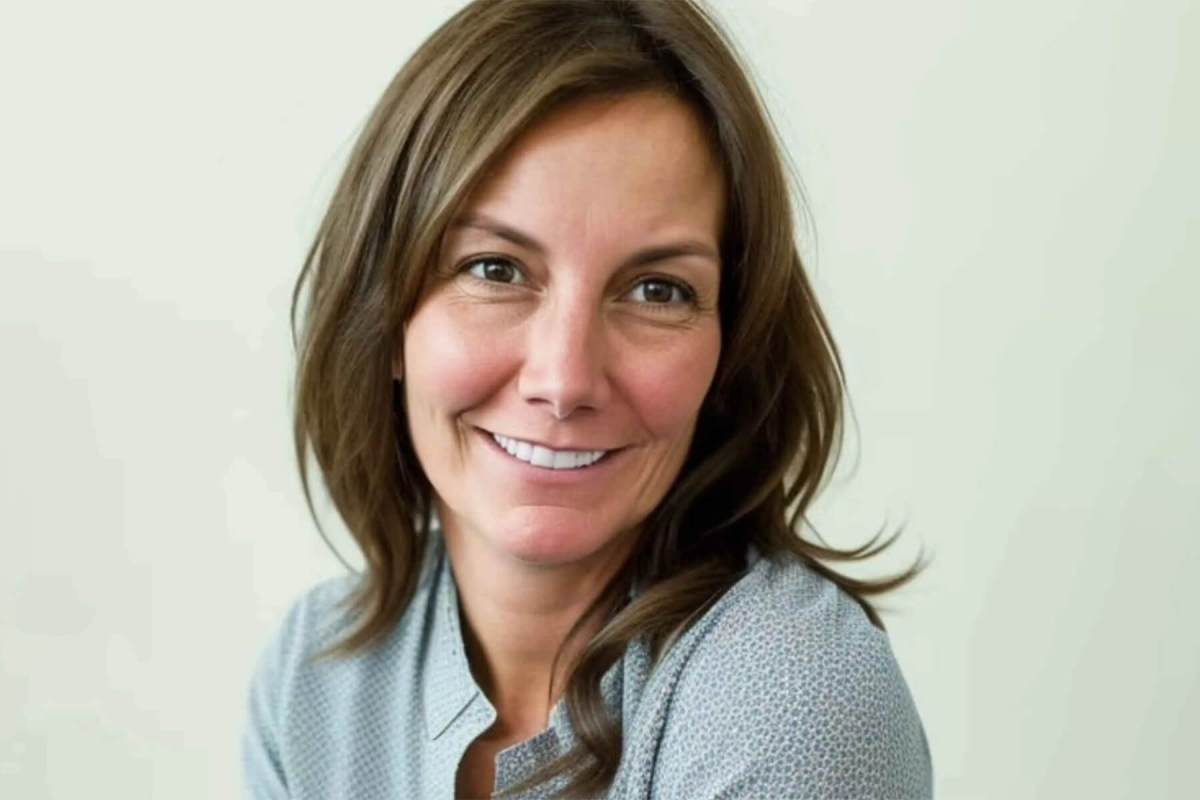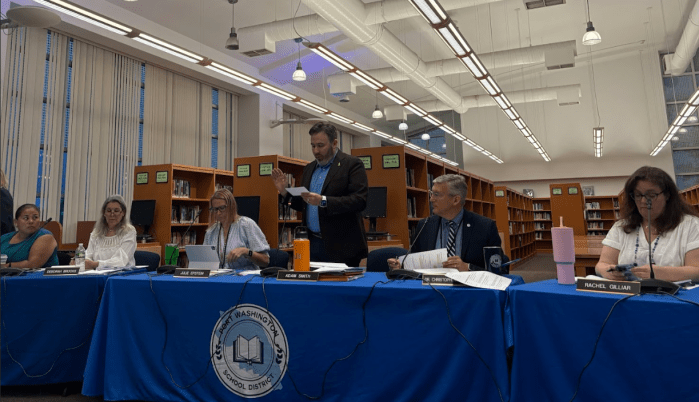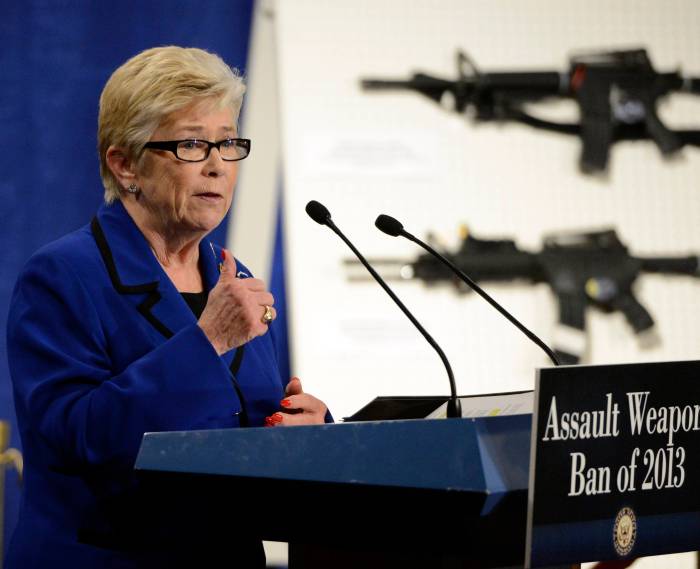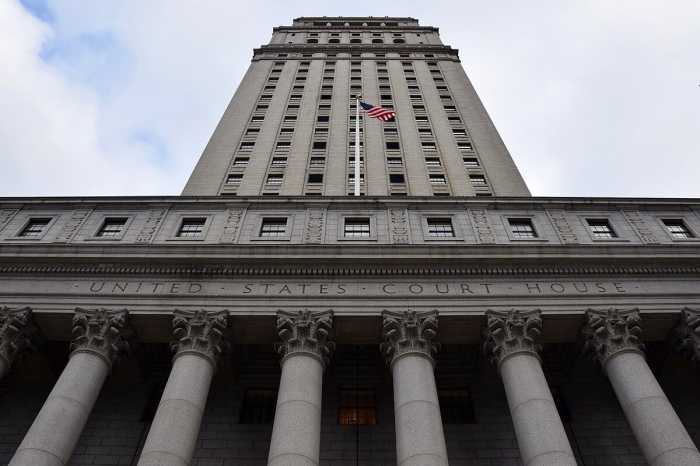By Charles Ornstein ProPublica
The overdose death toll from opioids, both prescription drugs and heroin, has almost quadrupled since 1999. In 2014 alone, 28,000 people died of opioid overdoses, more than half from prescription drugs.
Just last month, public awareness of the opioid epidemic reached a new level when Prince was found dead with prescription narcotics on him and authorities began to investigate their role in his demise. In recent weeks, lawmakers and regulators have moved to augment treatment options for addiction and to require more education for doctors who prescribe opioids. The U.S. House of Representatives is voting on a package of bills this week; the Senate passed its own bill in March.
Also in that span, the Los Angeles Times has published an investigation of Purdue Pharma, the maker of the blockbuster pain pill OxyContin, and CNN held a town hall meeting on the consequences of addiction to narcotics. Dr. David A. Kessler, former commissioner of the Food and Drug Administration, wrote an op-ed in the New York Times, calling the embrace of opioids “one of the biggest mistakes in modern medicine.”
Last week, ProPublica added warnings labels to the pages of narcotic drugs in our Prescriber Checkup news app, prompted by indications that some readers are using the tool to find doctors who will prescribe these drugs with few or no questions asked (See our editor’s note).
The effectiveness of any of these steps remains to be seen. There is broad consensus on the need for more treatment options, more education, more careful prescribing by doctors. But there’s still much debate about the details—and funding–for each of those steps.
What’s clear is that in recent months there has been an increasing emphasis on the role of health providers and the agencies that oversee them to stem access to widely abused prescription drugs:
- In March, the Centers for Disease Control and Prevention released guidelines on prescribing of opioids for chronic pain, defined as pain that lasts for more than three months (excluding pain related to cancer, end-of-life and palliative care.) The guidelines call on doctors to choose therapies other than opioids as their preferred option; to use the lowest possible doses; and to monitor all patients closely.
- That same month, the FDA announced tougher warning labels on immediate-release opioids, such as fentanyl, hydrocodone, and oxycodone, to note the “serious risks of misuse, abuse, addiction, overdose and death.”
- Nonprofit groups and medical experts in April asked the federal Centers for Medicare and Medicaid Services to remove questions about pain control from a survey of hospital patients’ satisfaction to remove any incentive to overtreat pain. And they asked The Joint Commission, which accredits health facilities, to revise its standards to deemphasize “unnecessary, unhelpful and unsafe pain treatments.” The commission pushed back, saying its standards do no such thing.
Just yesterday, Dr. Steven J. Stack, president of the American Medical Association, called on doctors to do more. He encouraged doctors to use their state’s Prescription Drug Monitoring Program to ensure their patients aren’t shopping for multiple doctors to prescribe them drugs. He called on them to co-prescribe a rescue drug, naloxone, to patients at risk of overdose. And he told them to generally avoid starting opioids for new patients with chronic, non-cancer pain.
“As physicians, we are on the front lines of an opioid epidemic that is crippling communities across the country,” Stack wrote in a statement, published on the Huffington Post. “We must accept and embrace our professional responsibility to treat our patients’ pain without worsening the current crisis. These are actions we must take as physicians individually and collectively to do our part to end this epidemic.”
ProPublica is a Pulitzer Prize-winning investigative newsroom. Sign up for their newsletter.
































